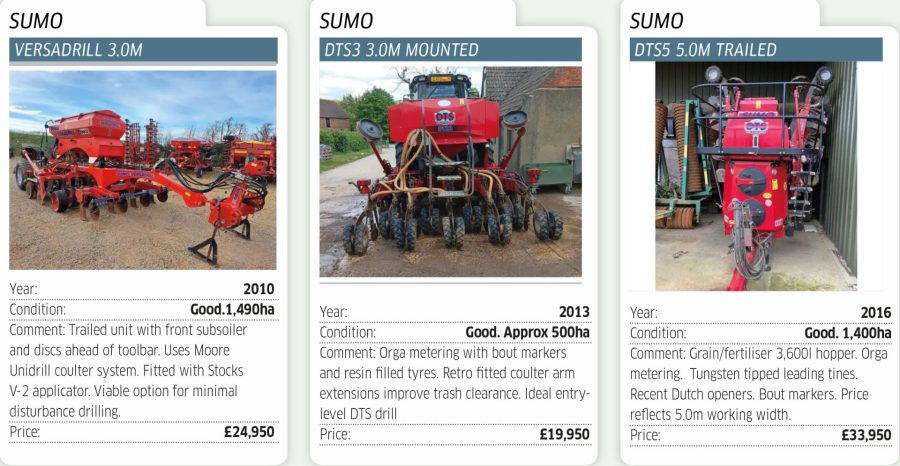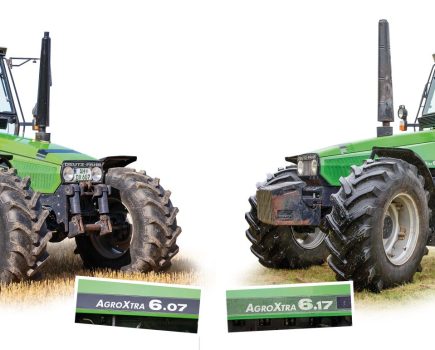Sumo began development of its DTS ‘Deep Tillage Seeder’ drills back in 2007, with production models reaching the market in 2011. The DTS replaced the Versadrill, a joint venture between well-established direct drill maker Moore Unidrill, and Sumo. The ‘strip tillage’ DTS is a completely different design from its predecessor and is becoming an increasingly popular choice in the used market.
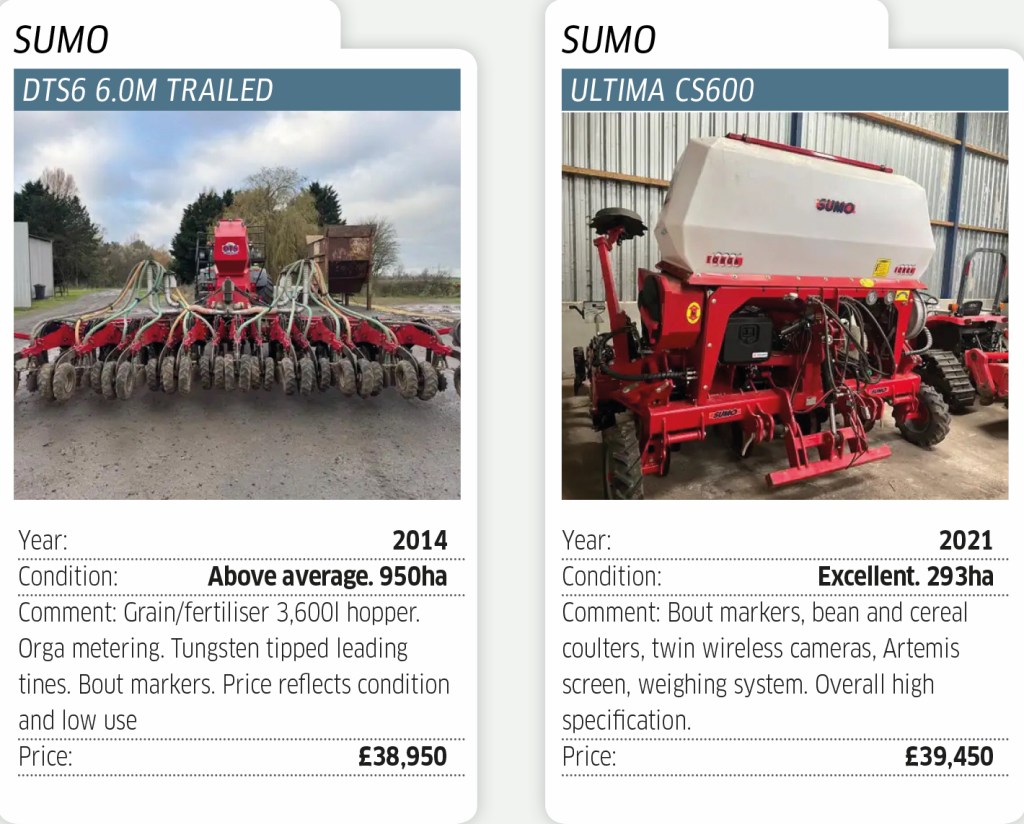
GOOD TO KNOW
- DTS drills moved from Moore metering in 2013 to the in-house Sumo Orga system.
- Year on year developments can make a later drill a more versatile choice but older drills may have had upgrades.
- Most common UK finds are trailed 4.0m and 6.0m models.
- A 5,000-litre hopper was only offered from 2024.
- Wide choice of soil engaging parts.
- Versadrill may be cheaper but less versatile and some parts now harder to come by.
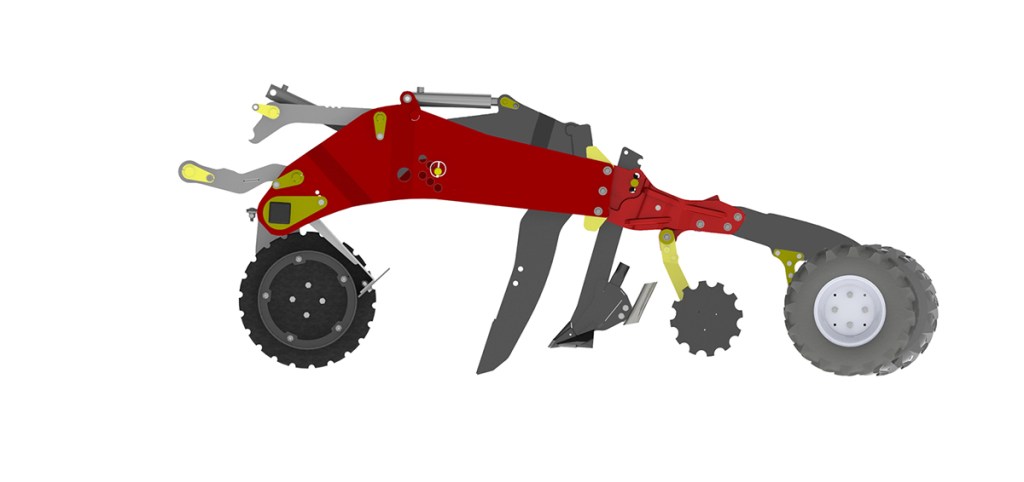
Before looking at the DTS, it is worth taking a step back to the Sumo Versadrill. At launch, some described these drills as ‘just’ a Moore Unidrill with a different hopper and a Sumo soil loosening toolbar up front. Not quite the whole story but near enough. As the name suggests, the 3.0m and 4.0m mounted and 4.0m to 6.0m trailed Versadrill was and remains a versatile bit of kit, suitable for both ‘min-till’ and direct drilling. The caveat is that this versatility can be compromised in certain soils and conditions. Hence the development of the Sumo DTS, early prototypes of which had been undergoing field trials from as early as 2007.
The DTS drills we consider here were joined by the Sumo DD disc drill sibling around the same time, the latter catering for those with the improved soil structures suited to direct drilling. In broad outline a DTS will drill into land that has been more ‘traditionally’ cultivated including ploughed ground, and will particularly suit those who are making the move through minimal tillage but are yet to have established the soil structures necessary to transition fully to direct drilling with a disc coulter system.
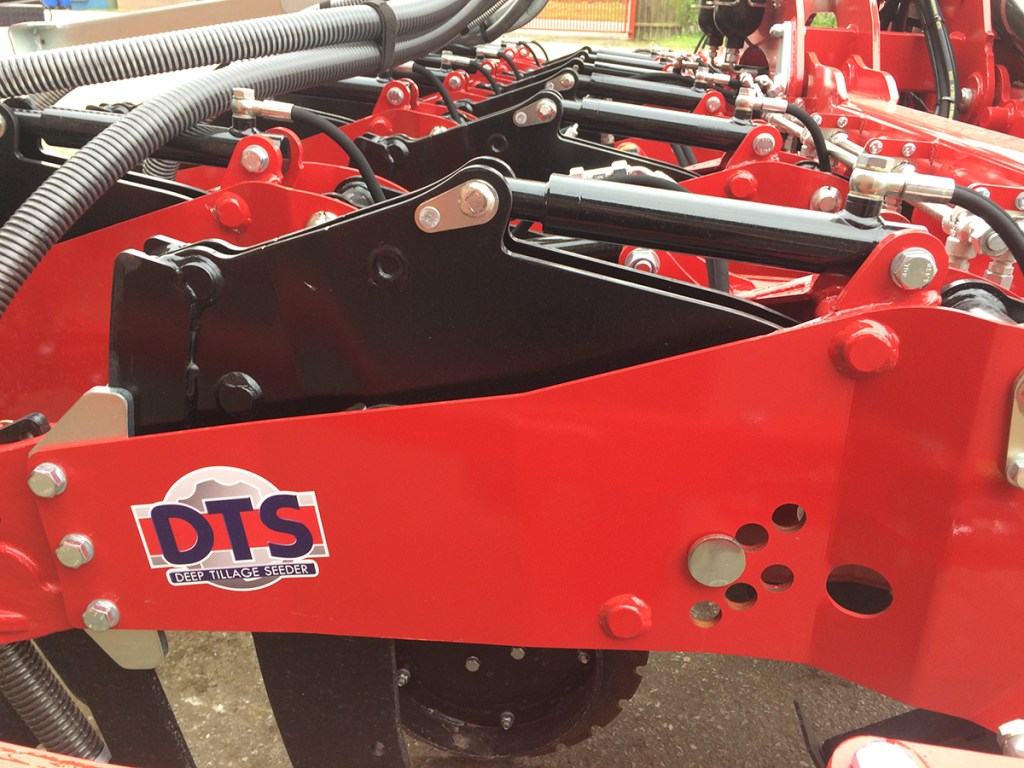
The thinking is, that over time, land drilled with a strip coulter drill like the DTS will benefit from improved soil structure, allowing a move to a minimal disturbance direct drilling. It has been suggested that many Sumo DD users have moved from a DTS as their soil structures have ‘improved’ or at least that is what the Yorkshire firm has to say.
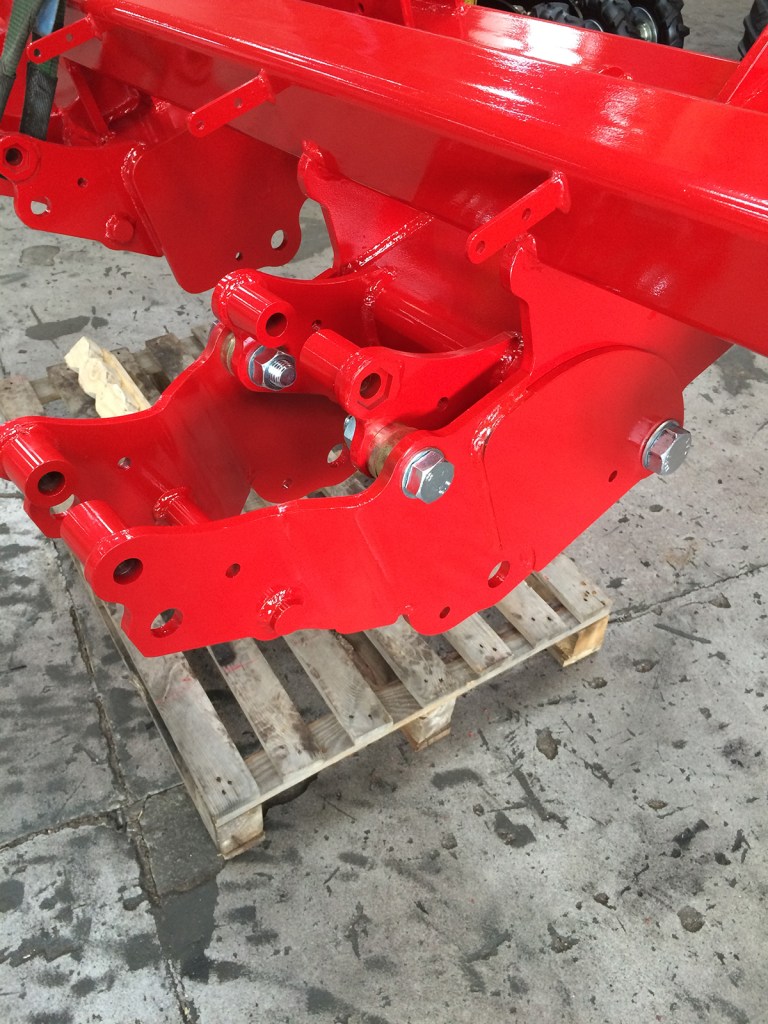
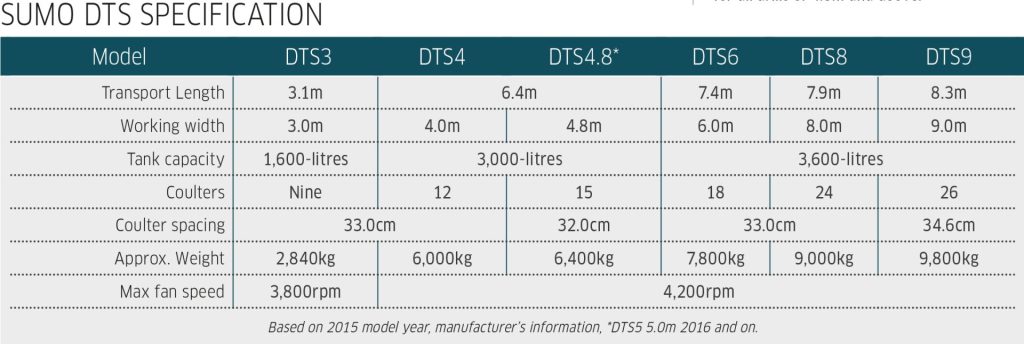
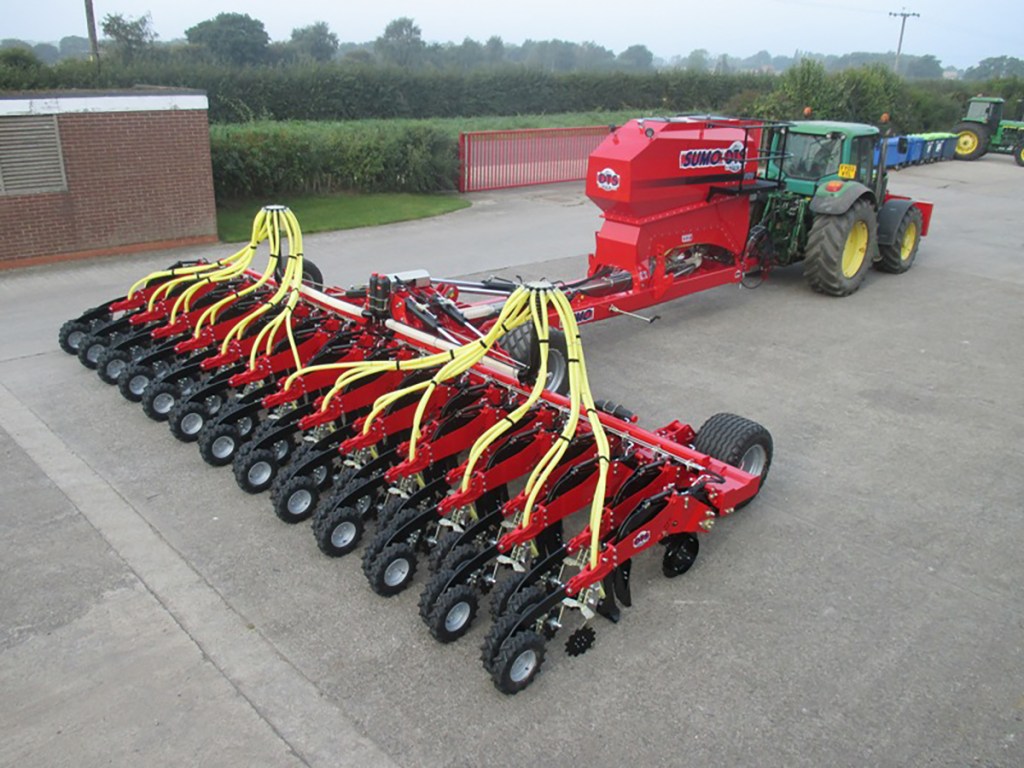
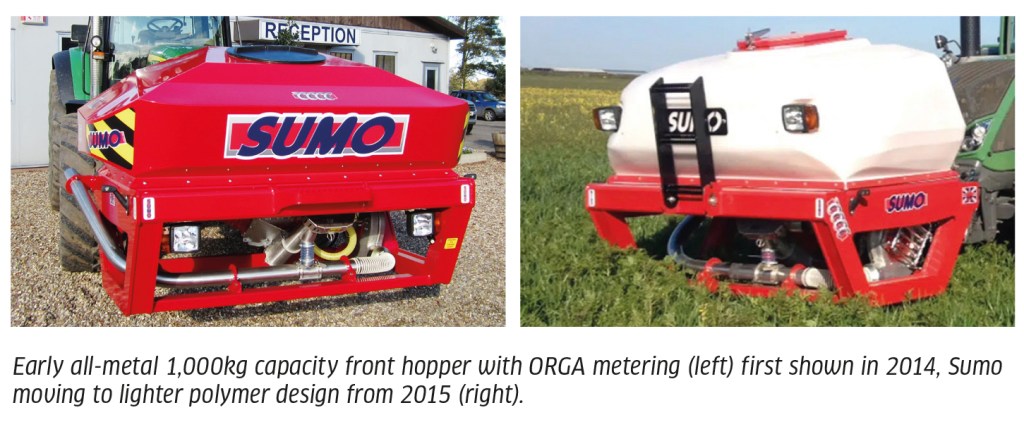
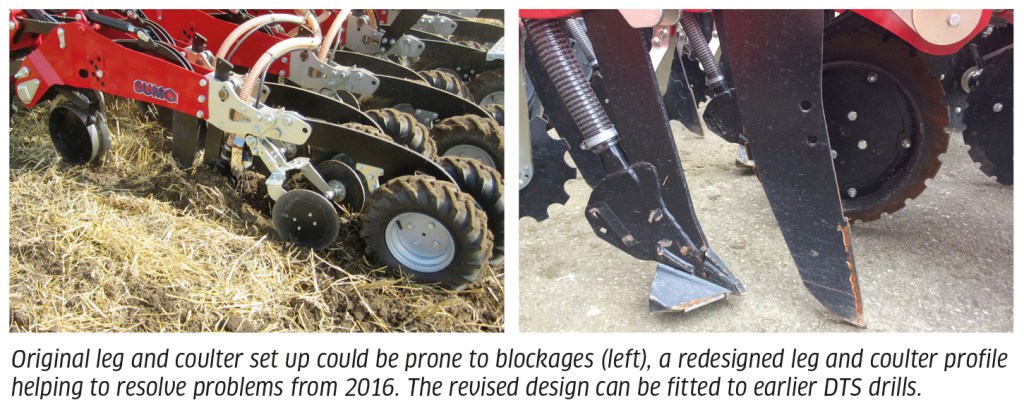
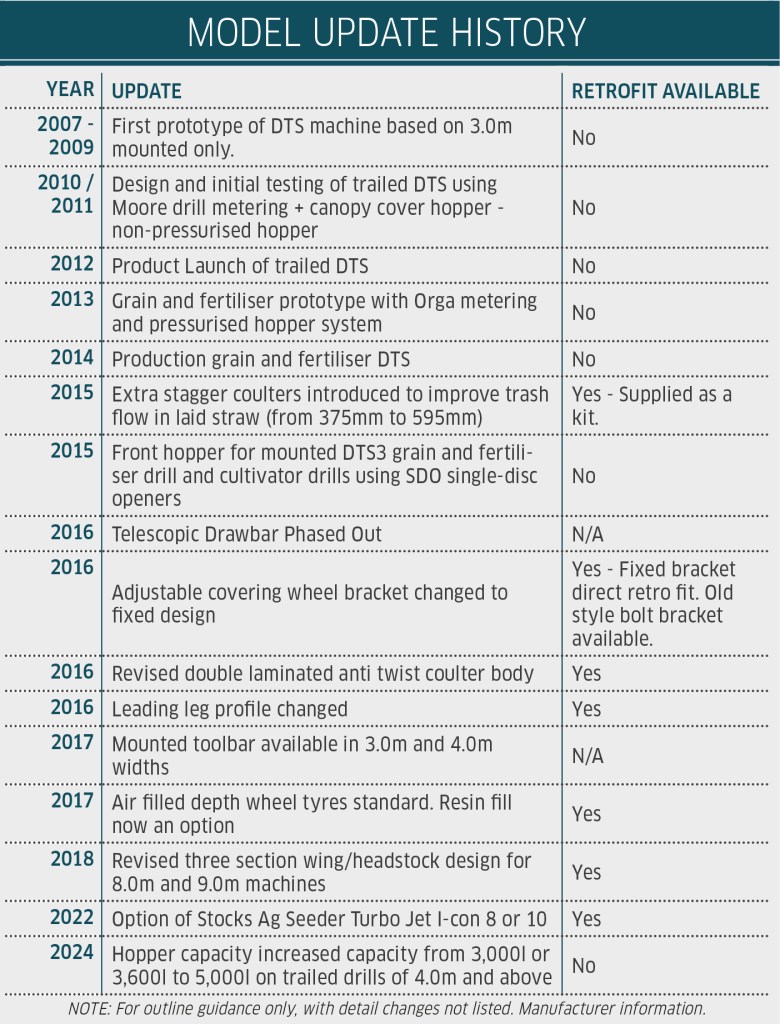
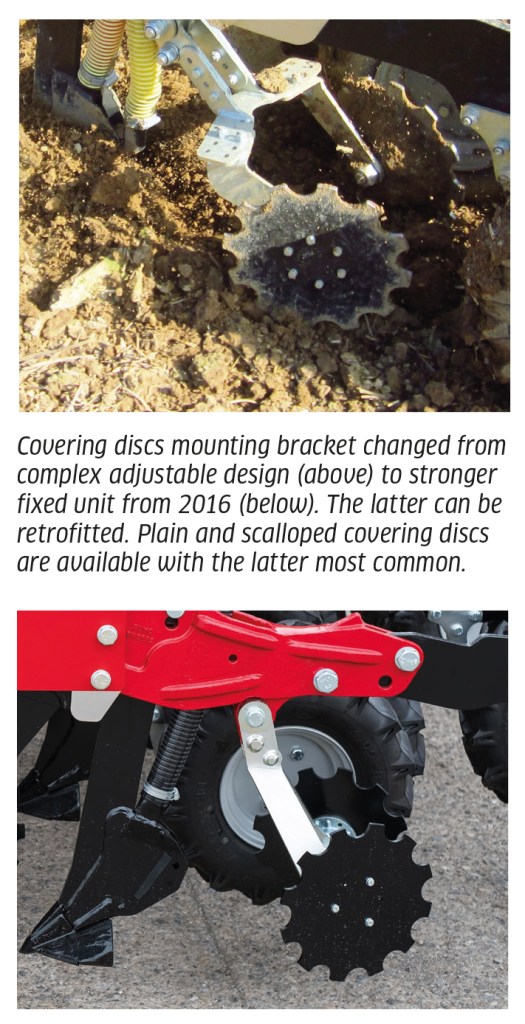
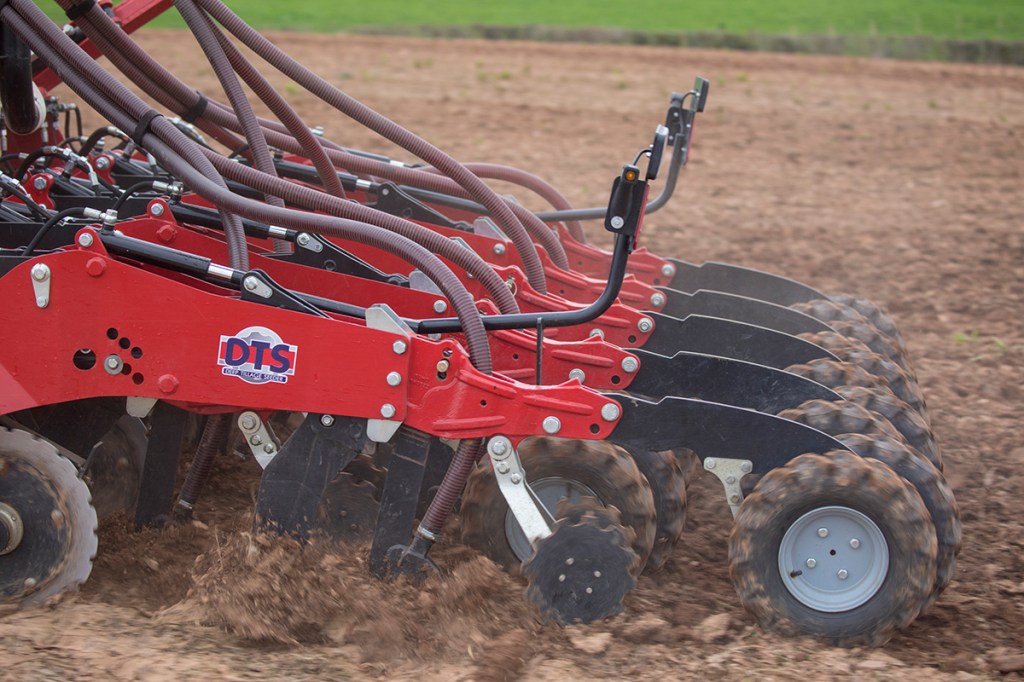
Concept unchanged
While the basic operating principle of the DTS drill has remained the same, Sumo has refined the concept year after year, leading to continued improvements. Some developments are a possible retrofit to some earlier models, a point to consider if you find an early DTS in its ‘original’ form, but any DTS drill in good order will still get the job done. The difference will be that models from around 2016 have improved trash clearance and as time has progressed the drills have been built to cope with a more powerful tractor up front and, by default, cope with faster working speeds. Other changes Sumo has made to these drills are summarised in the table and shown in the picture captions. Possible upgrades are also listed with the caveat that what can and cannot be changed may be dependent upon any previous changes that may have been made and when the drill was originally manufactured.
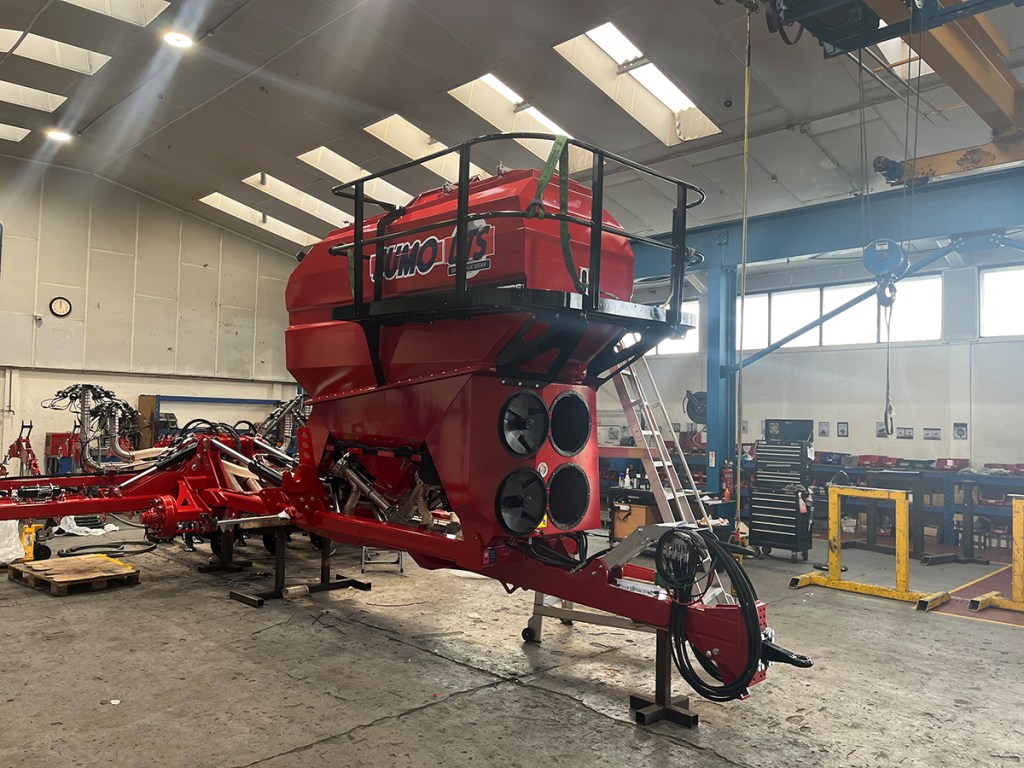
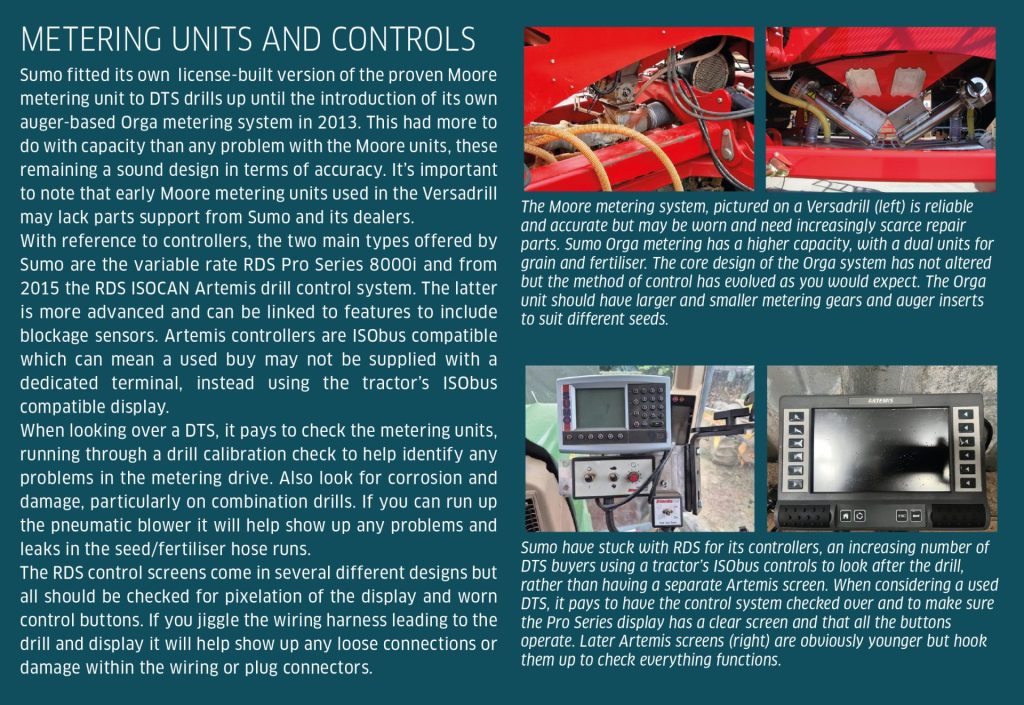
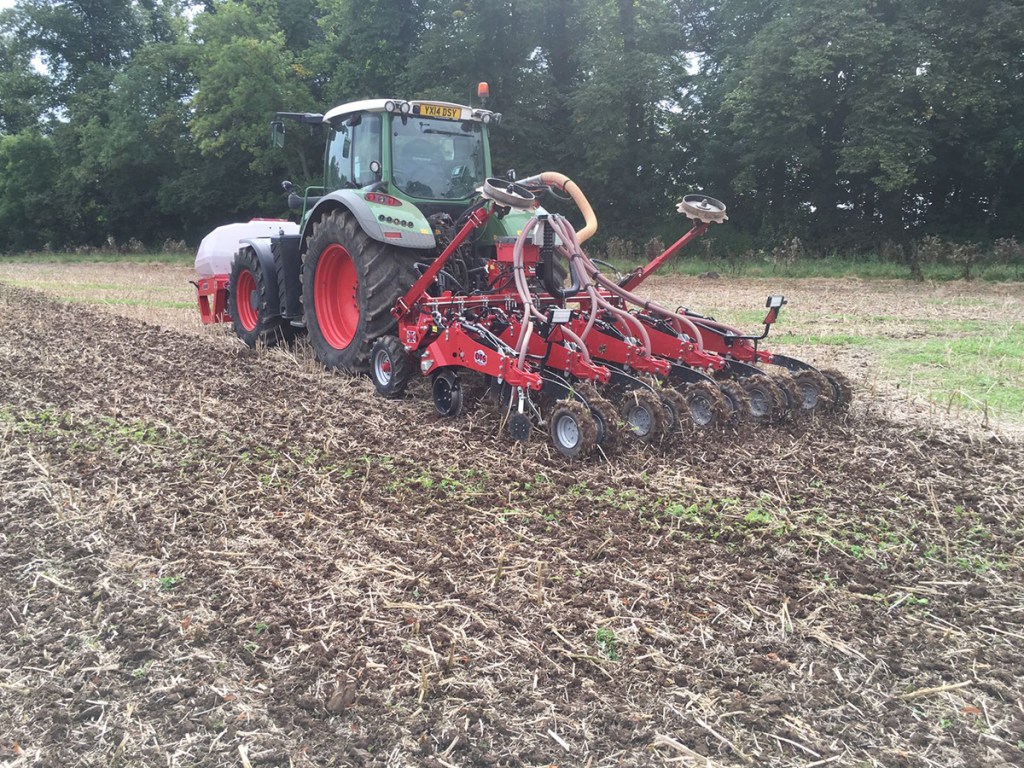
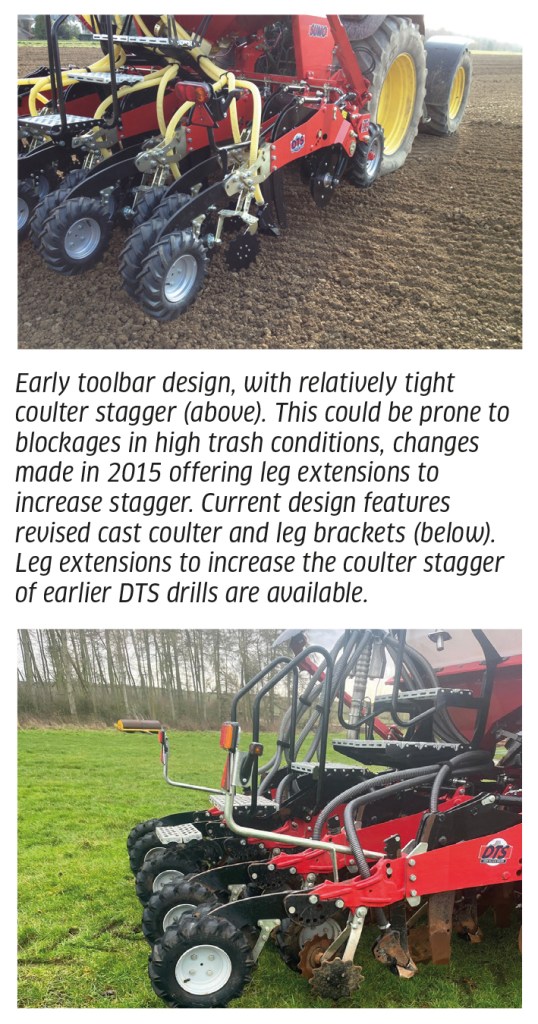
Summary
None of the design changes made to the DTS are radical, but detail tweaks over time will make those who have experience using an original model notice a significant difference between these and current drills. This will include the switch from a license-built Moore metering unit to the Sumo Omega pressurised hopper system from 2013 and the big boost in trash clearance from 2015.
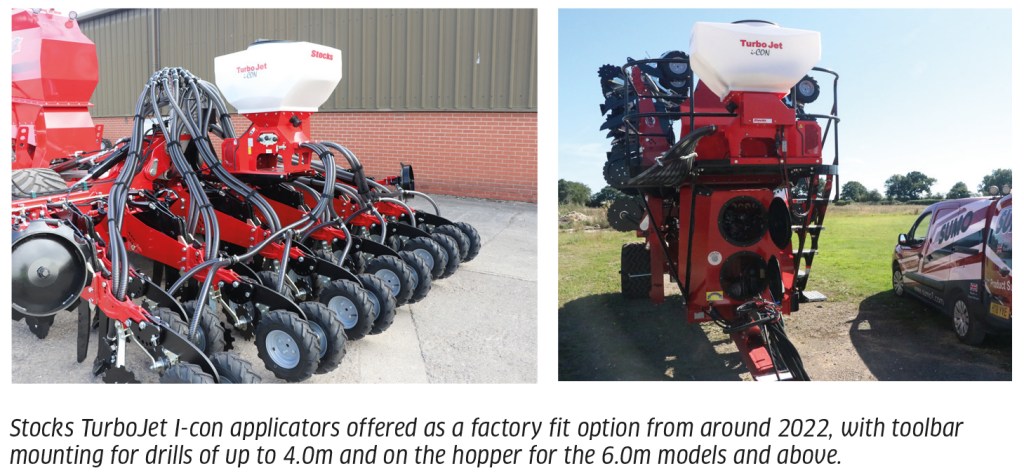
Is that it? No, far from it. As a used DTS buyer the main point is to establish the actual specification of the drill you are buying and not to assume that it will be the same as when the drill was made. It may also have third-party wearing metal fitted and any GPS system originally fitted may have been removed or need updating. As with any item of used equipment, it is down to you to check specifications and ask as many questions as you can and not make assumptions.
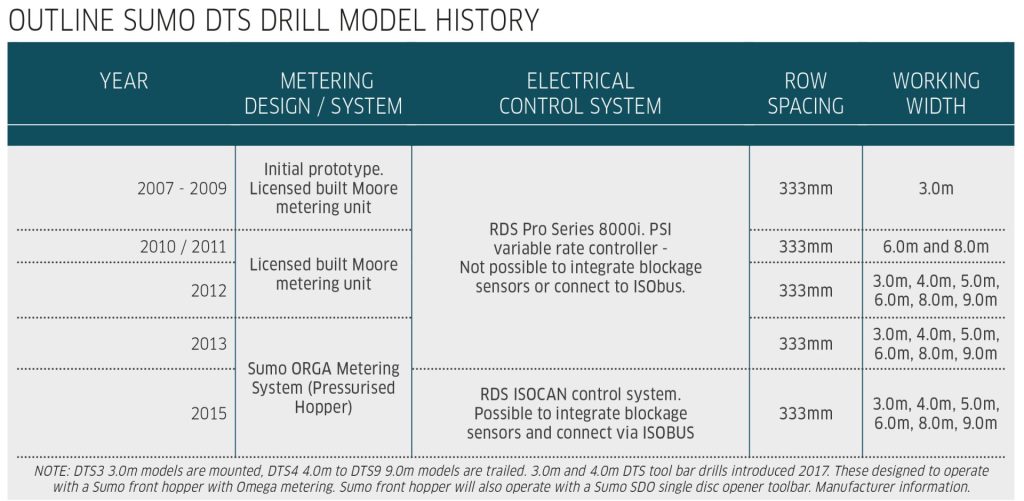
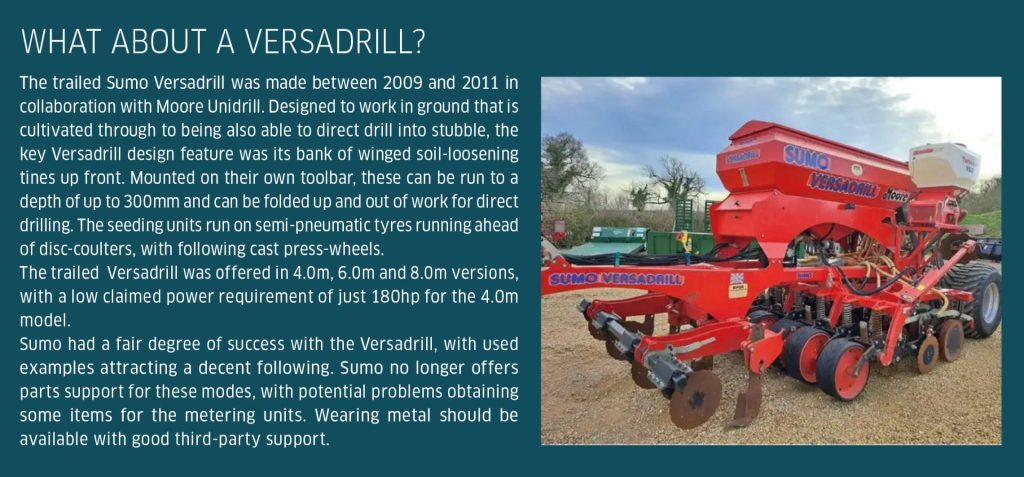
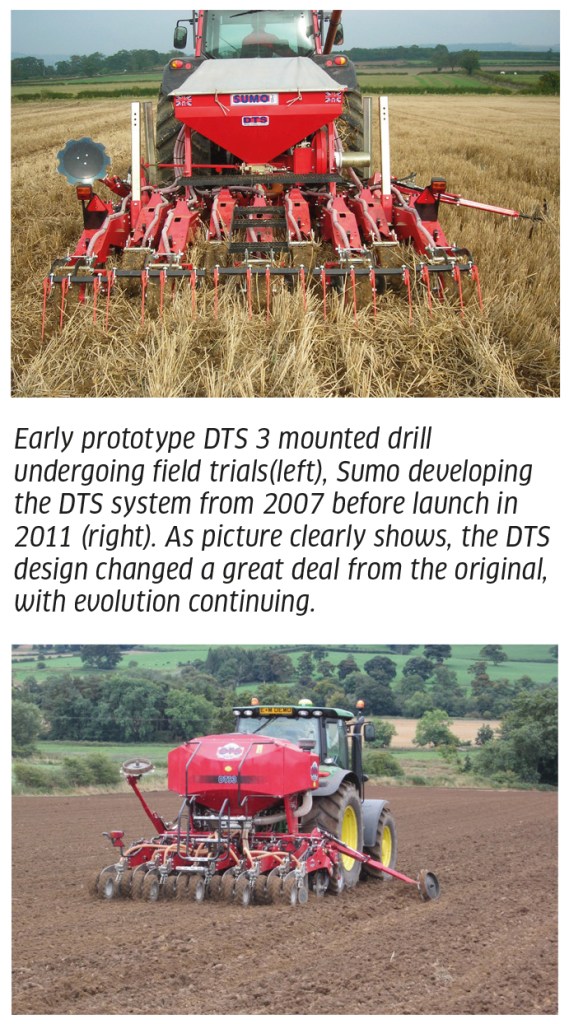
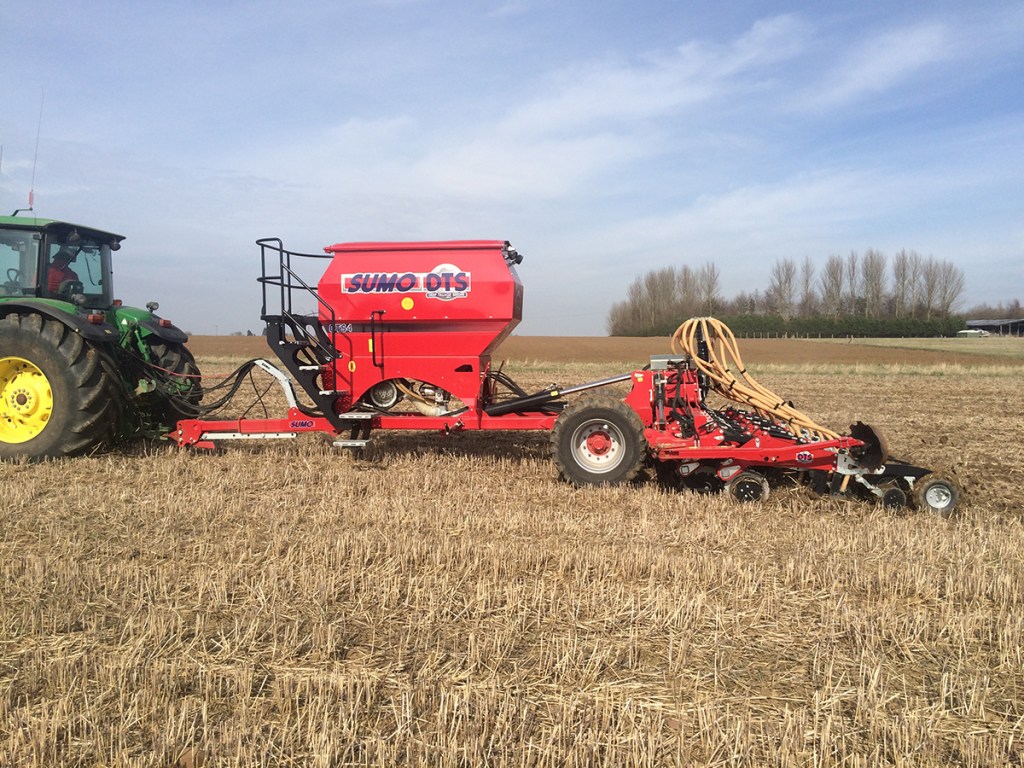
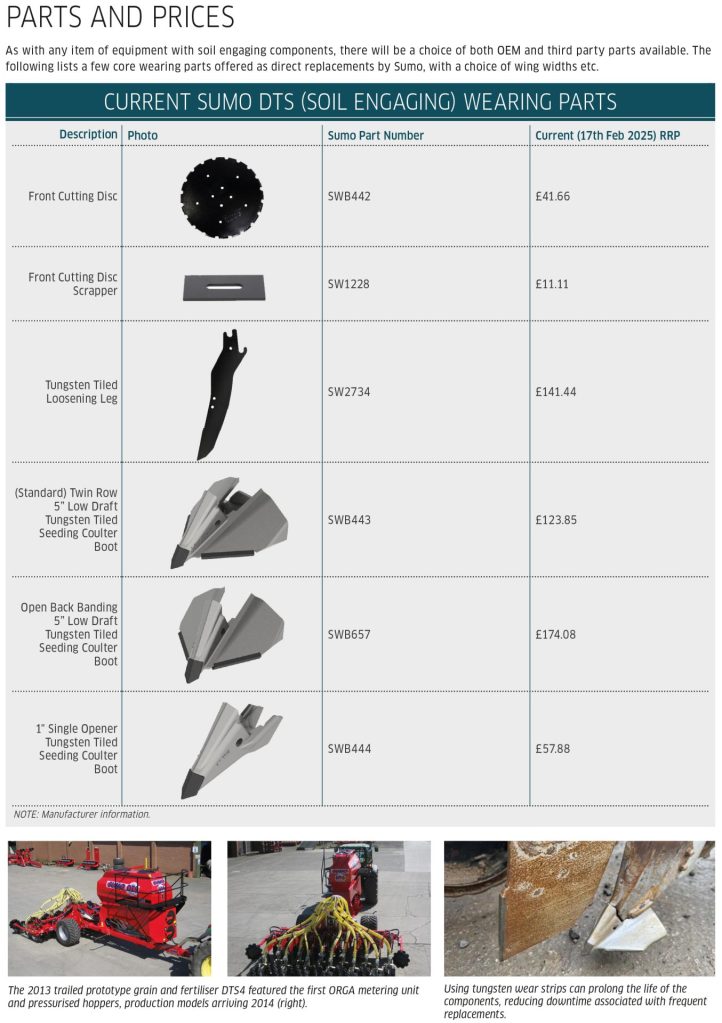
With thanks to Robert Shepard, Sumo UK and Brook Whyles, Agri-Linc, Bourne, Lincs.
James de Havilland
For more up-to-date farming news click here and subscribe now to profi and save.

